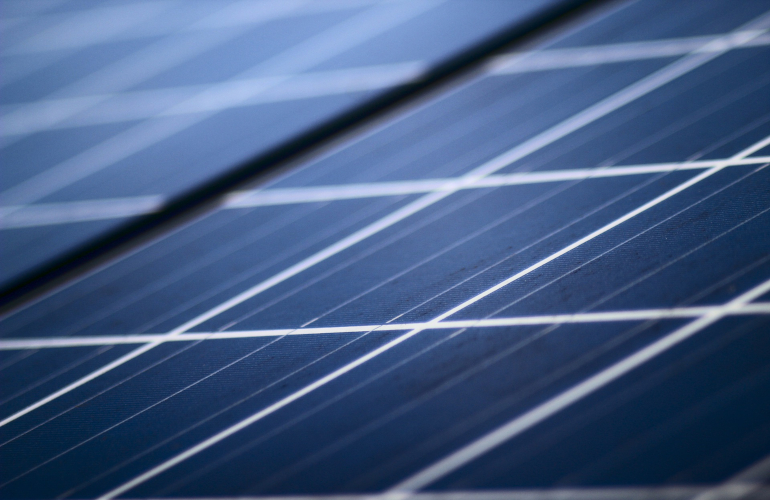Ball State report finds renewables will stabilize energy prices, benefit consumers in Indiana
Renewable energy sources – wind, solar and biomass — will benefit the Indiana economy and Hoosiers in general for decades to come, according to a new policy report from Ball State University.
“Economic Effects of the Changing Energy Mix in Indiana” projects a continued shift toward renewable energy for the next 20 years as it becomes less expensive to produce.
“The shift to renewable energy will reduce average and incremental costs of power subsequent to the initial investments,” said Michael Hicks, the paper’s author and director of Ball State’s Center for Business and Economic Research (CBER). “Renewables will stabilize energy prices, offer more permanent supply, reduce the local labor demand shocks associated with shifting fuel extraction, and move energy production into more Indiana communities than is the current experience.
“Renewable energy growth will make Indiana more attractive to firms and households who favor lower prices and fewer emissions, it will lead to less environmental restrictions on firm location, and it will generate employment growth above what we can experience with continued reliance on fossil fuels.”
Hicks notes that his research found that Indiana — like most of the nation — is in the midst of an historic time as coal is being replaced by natural gas, while fossil fuels are being supplanted by the use of renewable energy sources, primarily wind, solar and biomass.
Hicks said renewable energy sources are driving down the price of energy production, which is passed on to consumers.
The report also found:
- Electricity production through the use of renewable energy sources (wind and solar) are now lower than the cost of natural gas or coal.
- Energy consumers in Indiana are now more efficient than ever, the BTUs per dollar of GDP have declined steadily since the late 1990s, and overall energy consumption in Indiana peaked in 2014. In 2018, Hoosiers produced a dollar of GDP using 11.9% less electricity than it took to produce a dollar of GDP in 2010 (using constant dollar GDP).
- This change in fuel use has not resulted in dramatic changes in energy costs to Hoosier consumers. After adjusting for inflation, the price per kilowatt hour for energy is roughly identical to the price in 1990 for all users — commercial, industrial and residential.
- Employment related to coal-fired power plants peaked in 2012, and remains in decline.
“Employment related to natural gas use continues to climb, while employment related to wind, solar and biomass continues to grow,” Hicks said. “We project this trend to continue for the full range of our forecast horizon of about 10 years.
“The employment and fiscal effects of electric power generation in Indiana remain very significant. We project continued shift toward renewable energy through our forecast horizon of 2030.”
News item from Ball State University
Original Source: https://www.solarpowerworldonline.com/2020/07/ball-state-report-renewables-stabilize-energy-prices-indiana/














